- Home
- Articles
- Architectural Portfolio
- Architectral Presentation
- Inspirational Stories
- Architecture News
- Visualization
- BIM Industry
- Facade Design
- Parametric Design
- Career
- Landscape Architecture
- Construction
- Artificial Intelligence
- Sketching
- Design Softwares
- Diagrams
- Writing
- Architectural Tips
- Sustainability
- Courses
- Concept
- Technology
- History & Heritage
- Future of Architecture
- Guides & How-To
- Art & Culture
- Projects
- Interior Design
- Competitions
- Jobs
- Store
- Tools
- More
- Home
- Articles
- Architectural Portfolio
- Architectral Presentation
- Inspirational Stories
- Architecture News
- Visualization
- BIM Industry
- Facade Design
- Parametric Design
- Career
- Landscape Architecture
- Construction
- Artificial Intelligence
- Sketching
- Design Softwares
- Diagrams
- Writing
- Architectural Tips
- Sustainability
- Courses
- Concept
- Technology
- History & Heritage
- Future of Architecture
- Guides & How-To
- Art & Culture
- Projects
- Interior Design
- Competitions
- Jobs
- Store
- Tools
- More
The Future of Design with Grasshopper: Transforming Creativity and Innovation
Discover how Grasshopper, a visual programming tool, is revolutionizing design by empowering architects, product designers, and engineers with parametric workflows, customization, and automation. Explore its groundbreaking plugins, AI integration, and sustainable innovations shaping the future across industries while tackling challenges and unlocking limitless creative potential.

Design is evolving faster than ever, and tools like Grasshopper are at the forefront of this transformation. As a visual programming language integrated with Rhino, Grasshopper empowers us to push creative boundaries and solve complex design challenges with precision and efficiency. It’s no longer just about creating; it’s about innovating.
We’re stepping into an era where parametric design isn’t a luxury—it’s a necessity. Grasshopper allows us to explore endless possibilities, automate processes, and bring intricate ideas to life. From architecture to product design, its impact is reshaping industries and redefining what’s possible in the design world. The future of design is here, and Grasshopper is leading the way.

Table of Contents
ToggleUnderstanding Grasshopper: A Brief Overview
Grasshopper, integrated within Rhinoceros 3D (Rhino), is a visual programming language that emphasizes parametric design. It allows users to create complex geometries by defining relationships and parameters, rather than manually crafting each component. This approach supports iterative workflows, ensuring designs adapt to changes efficiently.
Grasshopper’s intuitive interface employs a node-based system where users connect components to perform specific tasks. These components span functions like mathematical operations, surface manipulation, data management, and geometry creation. For instance, designers can input numerical sliders to adjust dimensions dynamically or use conditional logic to modify shapes in real time.
The tool’s modular nature extends its utility across industries such as architecture, industrial design, and engineering. Architects leverage Grasshopper to optimize building facades for thermal performance, product designers utilize it for customizable consumer goods, and engineers apply it in structural simulations. Grasshopper’s versatility makes it a cornerstone for innovation.
Through plugins like Kangaroo and Ladybug, Grasshopper offers expanded functionality. Kangaroo integrates physics simulations, enabling the creation of tension- and force-driven forms, while Ladybug supports environmental analysis for sustainable design. These integrations position Grasshopper as a comprehensive design ecosystem capable of addressing complex, interdisciplinary challenges.
The Role Of Grasshopper In Modern Design
Grasshopper plays a pivotal role in modern design by fostering innovation and enabling parametric workflows. It integrates computational thinking into design processes, bridging creativity and functionality across multiple disciplines.

Transforming Architecture And Urban Planning
Grasshopper has redefined how we approach architectural and urban design projects. Architects efficiently optimize building forms, facades, and layouts by leveraging parametric tools to balance aesthetics, function, and environmental performance. For instance, dynamic facades that adjust to natural light conditions can be designed using Grasshopper’s algorithms. In urban planning, it facilitates the simulation of spatial arrangements, traffic flows, and population densities, enabling smarter city layouts that accommodate future growth. Tools like Elk are integrated to analyze geographic data, creating precise and context-aware designs.
Revolutionizing Product And Industrial Design
Grasshopper reshapes product and industrial design by enabling customization and advanced manufacturing techniques. Designers can use parametric models to quickly iterate and produce tailored solutions, such as ergonomic furniture or modular consumer goods. Its compatibility with additive manufacturing technologies, like 3D printing, streamlines complex geometries for production. Plugins like Peacock enhance jewelry design, while tools like HumanUI allow the creation of interactive interfaces for refined user experience models. By incorporating Grasshopper into our workflows, we elevate efficiency and push design boundaries.
Emerging Trends In Grasshopper Design
Grasshopper continues to evolve, driving innovations across design disciplines. Recent advancements are reshaping its applications and broadening its accessibility through new trends.

Integration With Artificial Intelligence
AI is refining how we engage with Grasshopper. Machine learning algorithms are enabling predictive design processes, enhancing efficiency in generating complex parametric structures. Tools like Rhino.Inside integrate Grasshopper with platforms such as TensorFlow and PyTorch. This connection facilitates optimized workflows for data-driven designs, including customized façade optimizations and material efficiency predictions.
Enhanced Collaboration Through Computational Design
Grasshopper is improving collaboration through shared workflows and interoperability. Cloud-based solutions now allow teams to co-develop parametric models in real-time. The Speckle plugin exemplifies this trend by integrating Grasshopper with platforms like Revit and Blender. Such integrations streamline multi-disciplinary teamwork, ensuring cohesive designs across architecture, engineering, and industrial domains.
Increasing Accessibility For Non-Technical Designers
Grasshopper is becoming more user-friendly, attracting designers with minimal coding knowledge. Plugins like Grasshopper Player allow users to run definitions within Rhino via simplified inputs, bypassing traditional scripting hurdles. User interfaces tailored for intuitive interaction, such as HumanUI, further democratize computational design processes, expanding Grasshopper’s reach.
Challenges And Limitations
While Grasshopper drives innovation in design, it presents challenges that impact its accessibility and utility. Addressing these limitations is essential for achieving its full potential.

Steep Learning Curve
Grasshopper’s node-based interface demands a foundational understanding of parametric logic and computational workflows. For new users, especially those transitioning from traditional design methods, the abstract concepts and technical jargon pose significant hurdles. Mastery often requires a time investment in learning programming principles, algorithmic thinking, and software-specific workflows. This steep learning curve can deter adoption among designers unfamiliar with computational tools.
Educational resources like tutorials and forums mitigate this, yet barriers remain for non-technical users who prefer intuitive, hands-on design processes. Expanding simplified interfaces and adaptive learning plugins could bridge this gap.
Balancing Creativity And Automation
Automating processes through Grasshopper accelerates workflows but risks overshadowing creative exploration. Over-reliance on predefined algorithms or repetitive parametric setups can limit opportunities for unique design solutions. Ensuring that automation enhances, rather than replaces, creative intent requires deliberate integration of manual adjustments within parametric workflows.
Striking this balance is particularly critical when clients or stakeholders prioritize bespoke outputs over efficiency. Crafting dynamic, semi-automated systems with responsive options allows us to maintain creative integrity while utilizing Grasshopper’s computational strength.
Opportunities Ahead For Grasshopper Design
Grasshopper continues to unlock new possibilities across industries, driving innovation and addressing complex challenges. Its adaptability ensures it remains a key tool for evolving design paradigms.
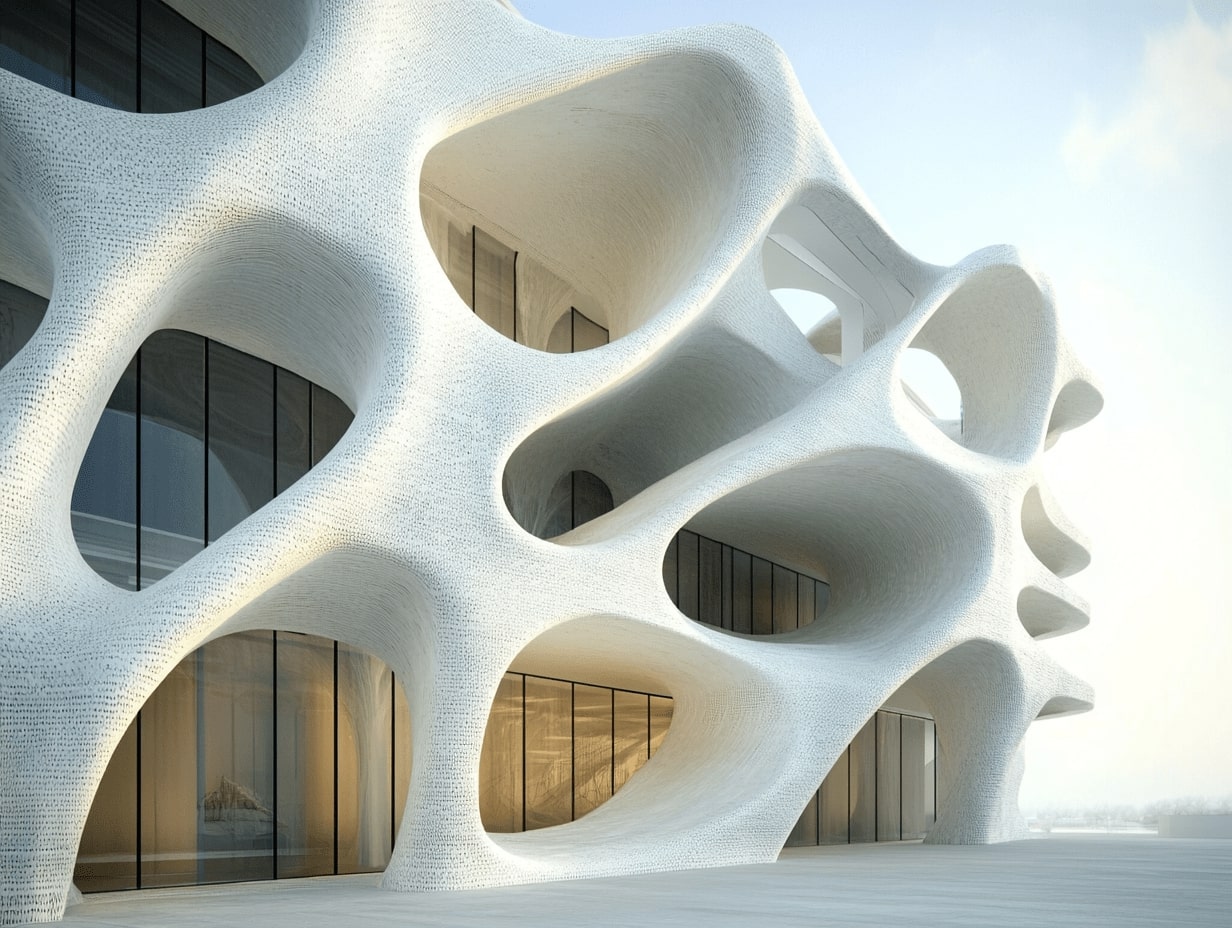
Expanding Into Interdisciplinary Fields
Grasshopper is increasingly bridging disciplines, enabling collaboration across diverse fields. In robotics, designers utilize Grasshopper to simulate motion paths and optimize robotic systems. Fashion designers are adopting parametric workflows to create intricate patterns and customize apparel. Film production teams use its modular capabilities for visual effects, procedural textures, and set design. Grasshopper’s integration with platforms like Unity expands its utility into gaming, allowing procedural modeling for immersive environments.
Additionally, biologists and medical professionals are leveraging Grasshopper for data visualization, from modeling cellular structures to creating custom prosthetics. This cross-disciplinary adaptability positions Grasshopper as an essential tool for innovation beyond architecture and engineering.
Innovations In Sustainable Design Solutions
Grasshopper’s advanced plugins are making impactful contributions to sustainable design. Ladybug and Honeybee are widely used for energy analysis and daylight optimization, allowing architects to create energy-efficient buildings. Urban planners use these tools to conduct heat island studies and propose strategies for greener cities. The integration of climate data ensures designs align with environmental goals.
Material optimization is another emerging focus. Grasshopper enables engineers to reduce waste in manufacturing by optimizing material usage based on performance criteria. Tools like Karamba3D facilitate structural analysis, ensuring materials are utilized efficiently. By embedding sustainability into every design phase, Grasshopper helps align creative outputs with ecological responsibilities.
Conclusion
Grasshopper is more than a tool; it’s a catalyst for innovation, reshaping how we approach design across industries. Its ability to merge creativity with computational precision empowers designers to push boundaries while addressing real-world challenges.
As we look ahead, the integration of AI, enhanced collaboration tools, and sustainable design solutions ensures Grasshopper remains at the forefront of modern design. By embracing its potential and addressing its challenges, we can unlock new possibilities that redefine the future of creativity and functionality.
- advanced design techniques with Grasshopper
- architectural design automation
- architectural innovation with Grasshopper
- creative design using Grasshopper
- creative workflows in Grasshopper
- digital design tools for architects
- future of design with Grasshopper
- Future of Parametric Design
- Grasshopper and computational design
- Grasshopper for parametric design
- Grasshopper generative design
- Grasshopper in architectural design
- Grasshopper plugins for architects
- Grasshopper software for designers
- innovation in architecture with Grasshopper
- parametric design tools in architecture
- transforming architecture with Grasshopper
Submit your architectural projects
Follow these steps for submission your project. Submission FormLatest Posts
Best Architectural Software for Students in 2025
In 2025, digital tools aren’t just convenient — they’re essential to learning,...
Beginner’s Guide to Arcadium 3D: Your First Room Design in 5 Easy Steps
Designing a room used to mean wrestling with tape measures, mood boards,...
Architectural Design Software Tools for Student Design
Many architecture students want fast ways to explore ideas. Some of them...
Lumion 2024.3: It’s Time to Enhance Urban Visualization
With 5x faster video rendering, a remarkable improvement in material quality, and...




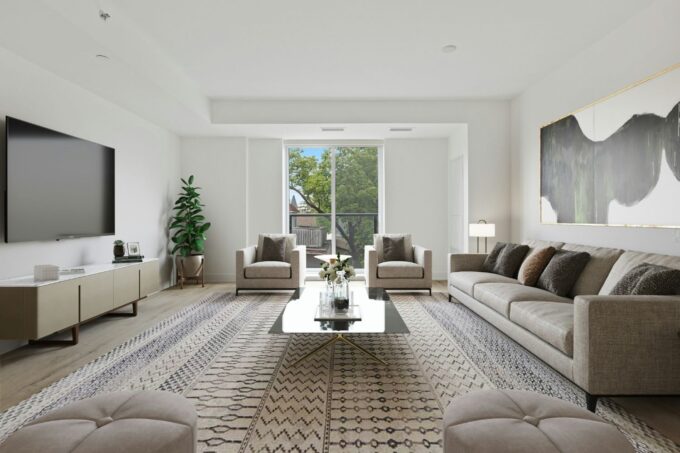

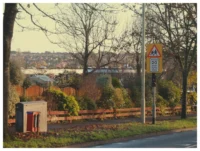


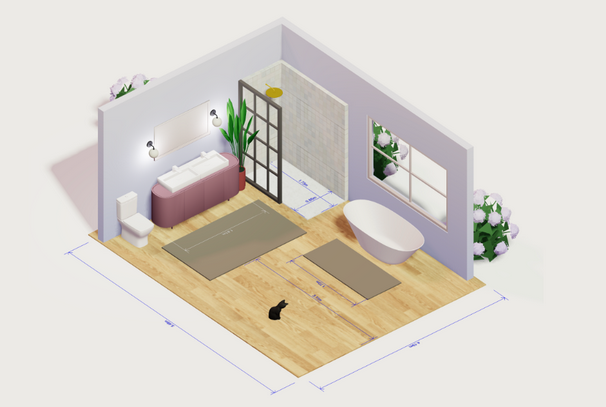
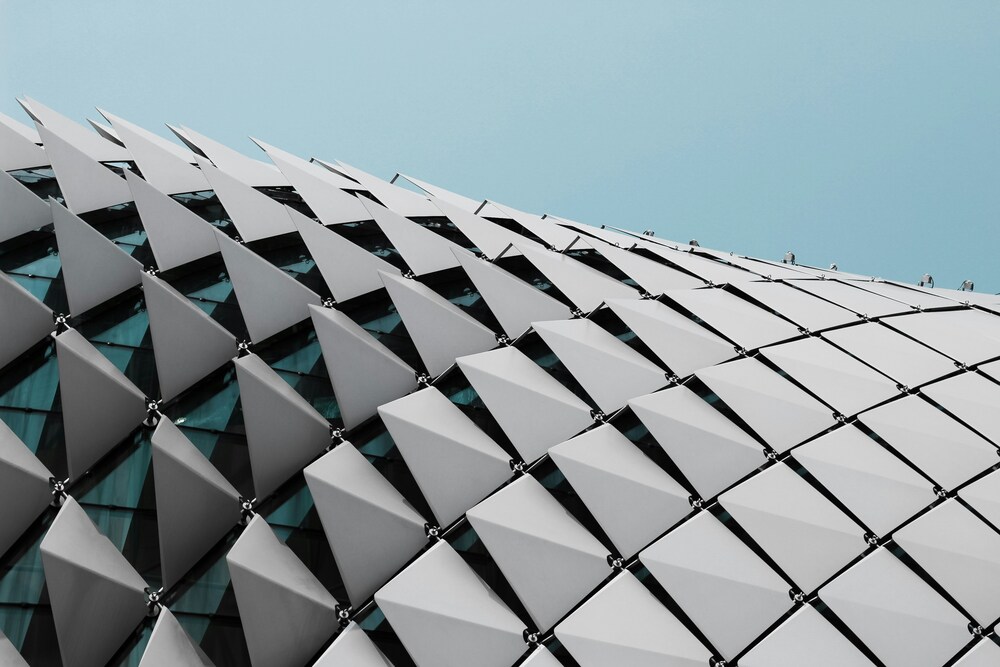
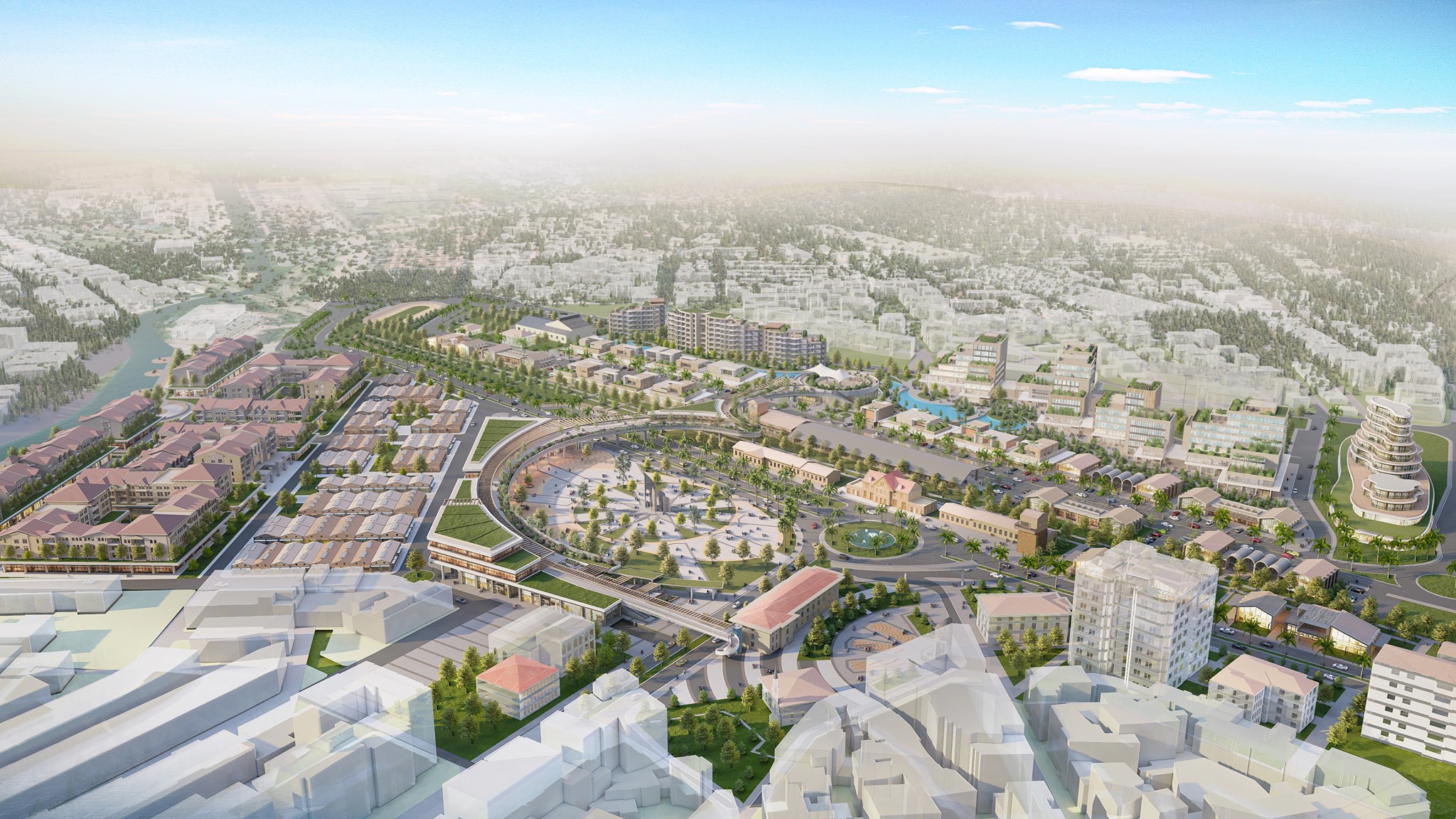
Leave a comment